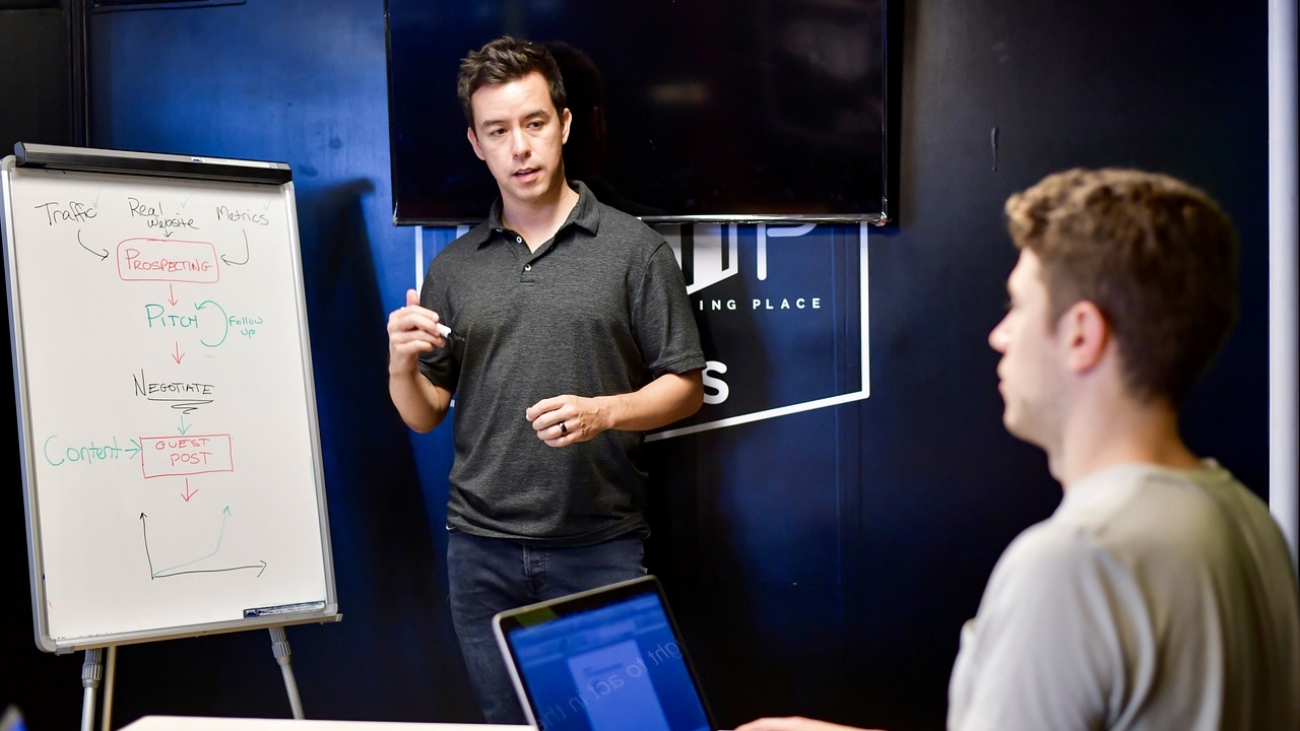Introduction: As technology continues to advance at a rapid pace, the field of software development is constantly evolving. In 2023, several emerging trends are set to reshape the software development landscape. This article explores the key software development trends that will shape the industry in 2023 and beyond, enabling businesses and developers to stay ahead of the curve.
Artificial Intelligence and Machine Learning:
Artificial Intelligence (AI) and Machine Learning (ML) are revolutionizing software development. In 2023, we can expect increased adoption of AI-powered solutions across various industries. From chatbots and virtual assistants to predictive analytics and automated decision-making, AI and ML technologies will continue to drive innovation and enhance the user experience.
Low-Code and No-Code Development:
The rise of low-code and no-code development platforms empowers individuals with limited coding knowledge to create applications. These platforms enable faster application development by abstracting complex coding processes. In 2023, expect to see more businesses embracing these platforms to accelerate software development and enhance agility.
DevOps and Continuous Integration/Continuous Deployment (CI/CD):
DevOps practices will continue to gain momentum in 2023. DevOps bridges the gap between development and operations, promoting collaboration, automation, and faster delivery of high-quality software. CI/CD pipelines, which automate the software delivery process, will be widely adopted, enabling frequent and seamless releases with minimal downtime.
Internet of Things (IoT) Development:
The Internet of Things is expanding rapidly, connecting an increasing number of devices. In 2023, software developers will play a crucial role in building IoT applications and platforms. From smart homes and wearable devices to industrial automation and smart cities, IoT development will continue to offer exciting opportunities for innovation.
Progressive Web Applications (PWAs):
Progressive Web Applications combine the best features of web and mobile applications, delivering an enhanced user experience. In 2023, PWAs will gain popularity as they offer fast loading, offline capabilities, and cross-platform compatibility. Developers will focus on creating PWAs that provide native app-like experiences without the need for installation.
Blockchain Development:
Blockchain technology is no longer limited to cryptocurrencies. It offers secure, transparent, and decentralized solutions across industries such as finance, supply chain management, and healthcare. In 2023, expect to see increased adoption of blockchain technology and the emergence of decentralized applications (DApps), requiring developers skilled in blockchain development.
Extended Reality (XR) Development:
Extended Reality, which includes Virtual Reality (VR), Augmented Reality (AR), and Mixed Reality (MR), is gaining traction across various sectors. In 2023, software developers will create immersive experiences, training simulations, and interactive applications using XR technologies. Expect advancements in XR development, driven by improved hardware and software capabilities.
Edge Computing:
Edge computing brings data processing and computation closer to the source, reducing latency and enhancing real-time capabilities. In 2023, as the volume of data increases, edge computing will become more critical, especially for applications requiring low latency and enhanced security. Software developers will focus on designing edge-native applications to leverage its benefits.
Cloud-Native Development:
Cloud-native development involves designing applications specifically for cloud environments, utilizing cloud services and microservices architecture. In 2023, businesses will increasingly embrace cloud-native development to leverage scalability, flexibility, and cost-efficiency. Developers will adopt cloud-native tools, frameworks, and containerization technologies like Kubernetes to build resilient and scalable applications.
Cybersecurity in Software Development:
With the rising number of cyber threats, security will remain a top priority in software development. In 2023, developers will incorporate robust security measures from the early stages of development, adopt secure coding

